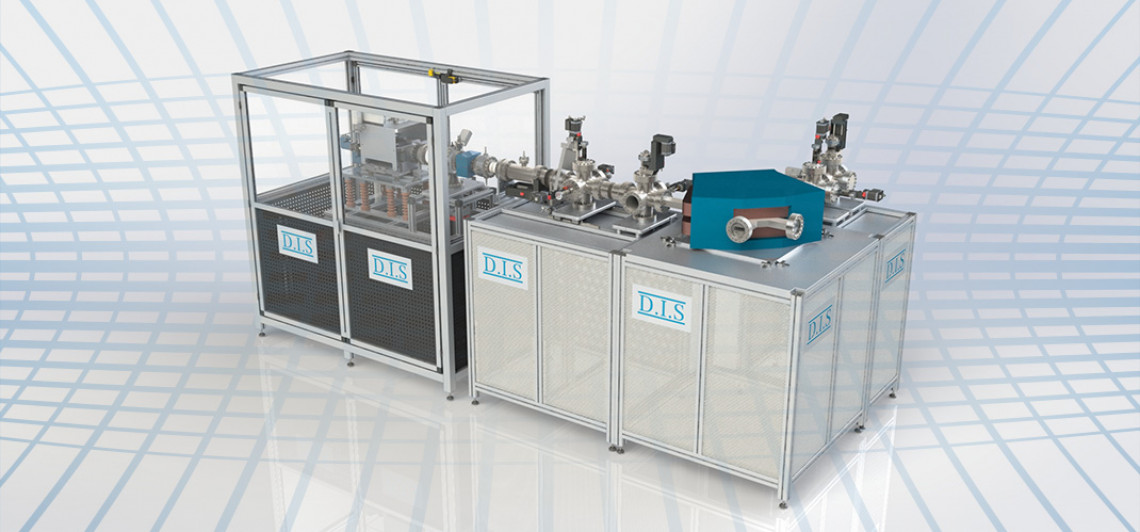G. Zschornack, M. Schmidt, and A. Thorn, “Electron beam ion sources”, CERN Yellow Report, vol. CERN-2013-007, pp. 165–201, 2014
ABSTRACT
Electron beam ion sources (EBISs) are ion sources that work based on the principle of electron impact ionization, allowing the production of very highly charged ions. The ions produced can be extracted as a DC ion beam as well as ion pulses of different time structures. In comparison to most of the other known ion sources, EBISs feature ion beams with very good beam emittances and a low energy spread. Furthermore, EBISs are excellent sources of photons (X-rays, ultraviolet, extreme ultraviolet, visible light) from highly charged ions. This chapter gives an overview of EBIS physics, the principle of operation, and the known technical solutions. Using examples, the performance of EBISs as well as their applications in various fields of basic research, technology and medicine are discussed.
M. Schmidt, H. Peng, G. Zschornack, and S. Sykora, „A compact electron beam ion source with integrated wien filter providing mass and charge state separated beams of highly charged ions”, Review of Scientific Instruments, vol. 80, no. 6, p. 063301, 2009
ABSTRACT
A Wien filter was designed for and tested with a room temperature electron beam ion source (EBIS). Xenon charge state spectra up to the charge state Xe46+ were resolved as well as the isotopes of krypton using apertures of different sizes. The complete setup consisting of an EBIS and a Wien filter has a length of less than 1 m substituting a complete classical beamline setup. The Wien filter is equipped with removable permanent magnets. Hence total beam current measurements are possible via simple removal of the permanent magnets. In dependence on the needs of resolution a weak (0.2 T) or a strong (0.5 T) magnets setup can be used. In this paper the principle of operation and the design of the Wien filter meeting the requirements of an EBIS are briefly discussed. The first ion beam extraction and separation experiments with a Dresden EBIS are presented.
H. Zhang, Science Press Beijing a.o., Springer Berlin a.o. 1999
ABSTRACT
While dealing with the design and operation of ion sources, this book additionally discusses the physics of ion formation of the various elements with different charge states and charge neutralization. Ion selection and beam diagnostics are equally included, and the presentation of the necessary equations and diagrams for the various parameters makes this a useful handbook for ion sources.
John D. Gillaspy (Editor), Nova Science Publishers Inc., Huntington, New York 2001
ABSTRACT
This book provides and elementary introduction to the field of trapping highly charged ions. The first group of chapters is intended to describe the various sorts of highly charged ion traps: EBIT, EBIS, ECR, Storage Rings and various specialty traps. The authors focus on their own ion trap facilities in order to teach by example. The chapters range in scope from comprehensive reviews to brief introductions. The second group of chapters is intended to give an overview of the various sorts of scientific research which are presently being carried out with traps for highly charged ions. These chapters not only inform, but also stimulate newcomers to think up fresh ideas. The articles in this second group generally fall into one of three broad categories: atomic structure experiments, ion-surface interactions and precision mass spectrometry. The third group of chapters is intended to deal with theory and spectroscopic analysis. It provides some of the background material necessary to make sense of observed phenomenology, to allow detailed explanation of experimental data, and to plan further experimentation.

